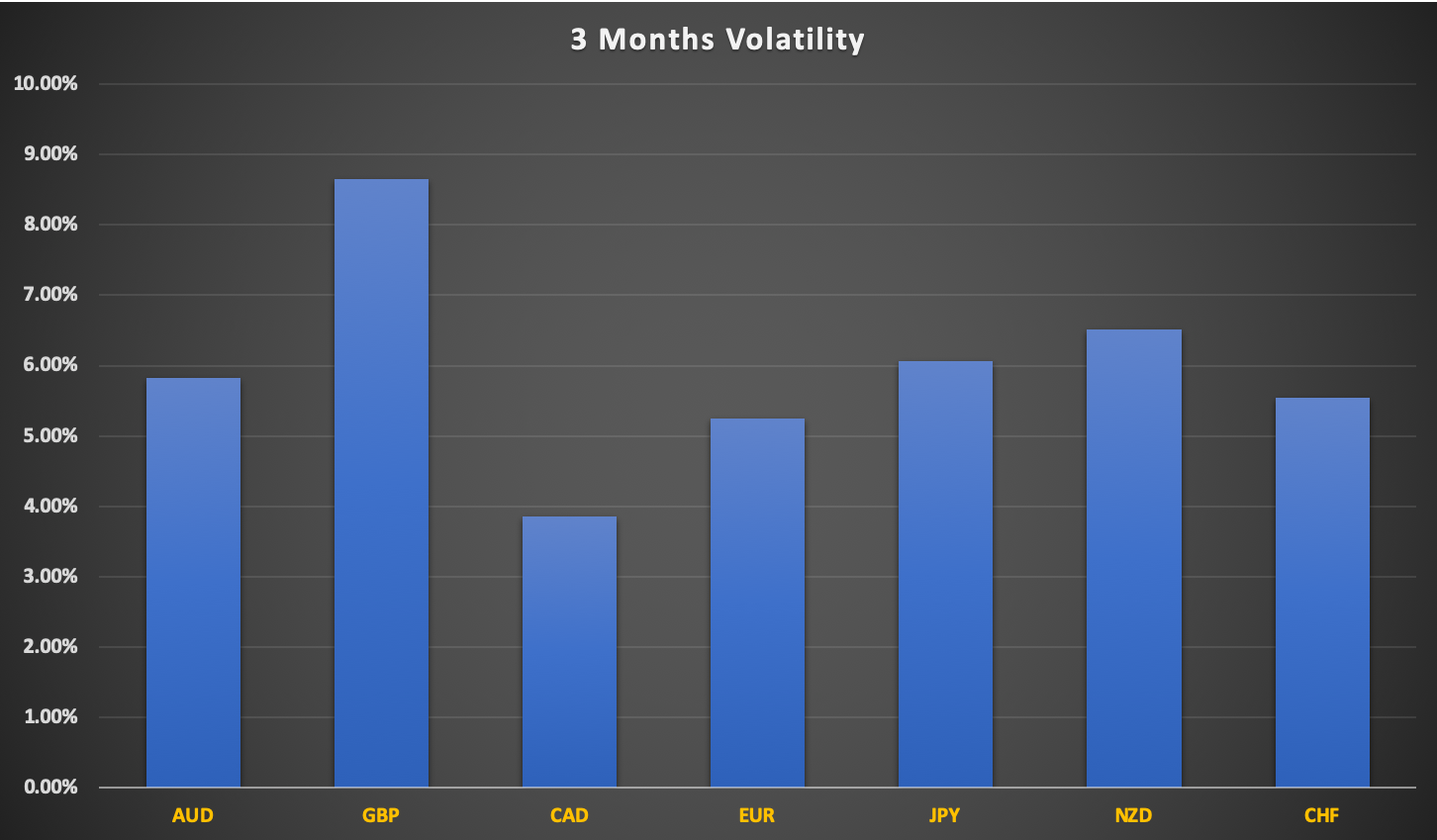The third quarter of 2019 was marked by key monetary policy decisions. The ECB and the Federal Reserve stood out, among a few other central banks. There is speculation about the fact that the monetary policy is shifting to dovish.
While some central banks, such as the Fed, remain optimistic, others have clearly shifted the bias. The European Central Bank restarted its quantitative easing program during the period. This comes just after ending QE in December 2018.
The Federal Reserve delivered two rate cuts at the July and September meetings, lowering interest rates by a combined 50 basis point. The US yield curve once again inverted, something historically viewed as a predictor of a recession.
Given the long expansion stretch since the 2008 global financial crisis, it is not surprising that economists expect growth to slow. The prospects of a recession continue to remain high in the coming years.
US Growth Slows, Eurozone Inflation Remains Tame
The US economy grew at a slower pace of 2.0%, underlining concerns among economists. However, the US unemployment rate was steady at a 50-year low. Although wage growth was somewhat slower over the period.
Meanwhile, in the eurozone, inflation was stubbornly sluggish at 1.0%. Amid slowing growth in Germany, it was appropriate to see the ECB’s new easing measures.

Besides monetary policy, global themes were also a prevailing factor. Mainly, it was the US-China trade talks and Brexit that were partly responsible for volatility in the FX markets.
FX Markets – Q3 2019 Performance (Relative to USD)
The third quarter of 2019 saw the Swiss franc emerging as the top-performing currency, gaining 2.18% on the quarter. With the Japanese yen rising a modest 0.22%, the safe-haven currencies rose, suggesting the risk-on mood.
The gains came mostly due to deteriorating trade developments with China and the United States. The Washington administration imposed fresh tariffs on China in September on goods valued at $110 billion.
This soured the mood for investors, leading to a rise in safe-haven assets.
On the currency front, the Kiwi was, of course, the worst-performing currency. The NZD was down over 6.80% on the quarter. The declines came as the RBNZ steadily cut interest rates. Between the July–September period, the RBNZ cut rates by 50 basis points in August.
This was a surprise for the markets. The weak fundamentals for New Zealand were aptly represented by the declines in the currency.
FX Q3 Volatility

But in terms of volatility, it was the pound sterling that was the most volatile. The three-month volatility as shown in the chart below shows the sterling’s volatility at 8.66%.
FX Volatility, Q3 2019
The volatility was as expected. Most of the moves in the sterling were Brexit related. The third quarter saw the UK’s leadership change. Boris Johnson took on the top job following the resignation of Theresa May.
Johnson’s hard-line stance on leaving the EU without a Brexit deal saw a lot of market activity. In a bid to achieve his goal, Johnson also dismissed the UK parliament. A move that was later overruled by the Supreme Court.
The third quarter saw the pound sterling reacting to developing news and the prospects of a no-deal Brexit increased quite a bit.
Overall, the third quarter of this year was marked with uncertainty and a dovish monetary policy. The upcoming quarter is likely to be more interesting.
Brexit developments are showing signs of positive movement. Meanwhile, the US-China trade talks are also hopeful at the current state.
